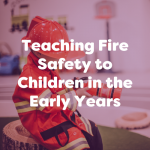As an early years educator, you may have heard about or witnessed first-hand, the benefits that music can have in educational settings. But have you considered music therapy? In the last few years, many mainstream schools have been investing their annual funding in Music Therapy. This is to enhance children’s social and mental well-being, improve relationships with peers and generally support curricular learning.
Music therapy is a practice that uses music to achieve non-musical aims, such as encouraging self-expression where verbal skills are limited due to a range of potential reasons
ACAMH
In this blog, we will explore the definition and benefits of music therapy in the early years. As well as recommend some music-therapy-inspired activities for you to try in your early years setting.
What is Music Therapy?
Music therapy is an evidence-based practice that uses music to support a person’s physical, emotional, cognitive and social well-being. Sessions can involve a range of activities, including singing, playing instruments, listening to music, and creating music.
It is a holistic approach which can provide children with a valuable tool for self-expression and self-discovery. In an early years context, music therapy can be used to reduce stress and anxiety, help to develop communication and social skills, support motor coordination and enhance academic performance, while also providing children with an enjoyable and engaging experience.
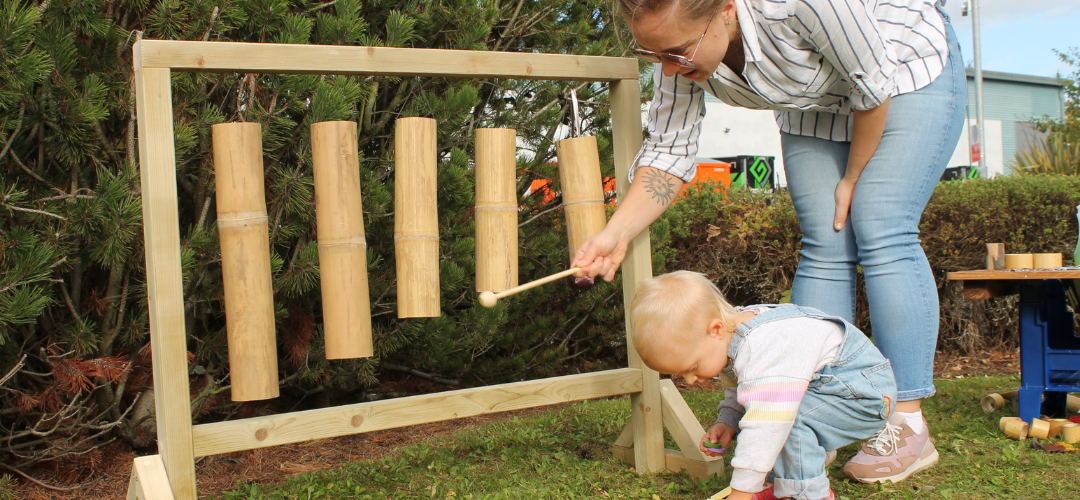
How is Music Therapy beneficial to Early Years Children?
Music therapy can be used to benefit multiple areas of early years development including:
- Supporting emotional regulation: Music therapy can be used effectively to help young children to identify, express and regulate their emotions. Children can be made to feel comfortable to explore their emotions and develop coping skills in a safe and calming environment.
- Enhancing cognitive development: music therapy can be used to enhance skills such as memory, attention and concentration – 3 core elements of cognition that in turn support academic performance.
- Promotes social skills: through group music-making activities, children can learn key social skills such as communication, collaboration and teamwork
- Speech and language development: through music therapy, children can develop their confidence with speech and will learn more through the demonstration of various sounds made with instruments.
- Physical development: through playing instruments and moving to music, children can develop gross and fine motor skills, coordination and balance.
Music therapy can benefit many areas of early years development, providing children with an engaging, enjoyable, and holistic approach to achieving their developmental goals. Whether it’s through singing, playing instruments, listening to music, or creating music, music therapy can offer children a valuable tool for self-expression, emotional regulation, social interaction, and overall well-being. Here are 5 activity ideas for you to start using music therapy in your setting…
Music Therapy Activities
1. Mix art and music for a multisensory activity
By painting to music, children can express themselves creatively while also experiencing sounds visually. Painting to the music allows children to see the music they are hearing, which can enhance their understanding of the world. Using a tuff tray paper pad, they can use mark-making to represent the different sounds they hear, from the soft and gentle tones of a peaceful piano to the harsh and abrasive sounds of heavy metal.
Children may choose to use light and pastel colors when listening to peaceful piano music to represent the tranquillity and calmness of the sound. In contrast, they may use bold and dark colors when listening to heavy metal music to represent the energy and intensity of the sound.
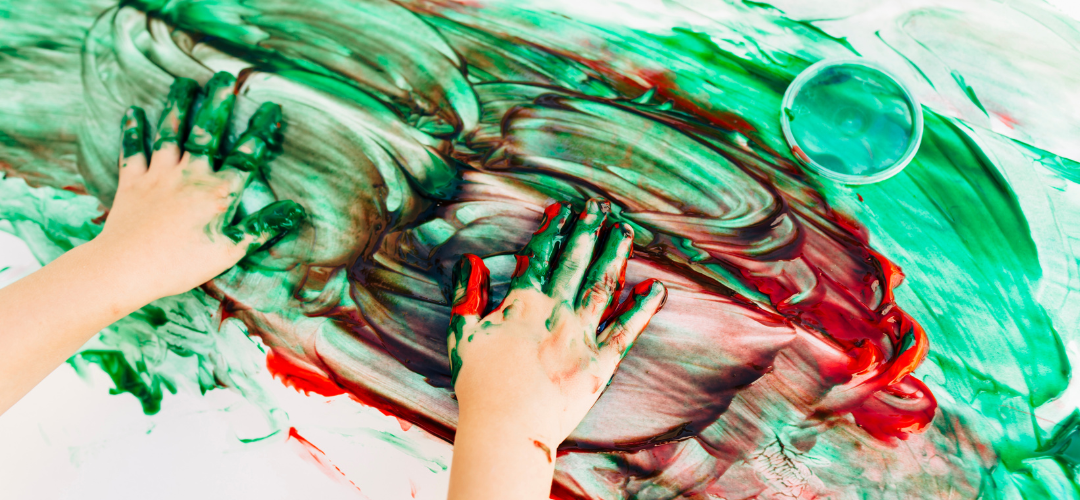
2. Use rhythm sticks or Boomwhackers
Boomwhackers are colourful, easy to handle, and produce a variety of different sounds. Boomwhackers are lightweight, plastic tubes that are tuned to different notes, and when struck against a surface, they produce a musical tone. Children can use these tubes to create their melodies and experiment with different sounds and rhythms, promoting their creativity and imagination.
In music therapy sessions, boom whackers can be used to help children develop their motor skills, coordination, and sensory perception. The tubes can also be used in group settings, promoting social interaction and teamwork.

3. Make some noise in the name of science!
Try this easy and fun water xylophone science activity. Here’s what you’ll need to do:
- Fill your jars with different levels of water
- Add a little bit of food colouring to each jar
- Test out the different sounds each jar makes
- Try adjusting the water levels. How does this affect the sound?
- Experiment with different tapping instruments such as pencils or spoons
This STEAM activity can help early years children develop their cognitive and sensory skills while also fostering their curiosity and creativity.

4. Stomp to the beat and create a masterpiece
The paint and bubble wrap stomping activity is a fun and creative way for children to explore art while also getting some physical exercise.
Lay a large piece of paper on the floor, and blob different coloured paints across it. Next, place a sheet of bubble wrap on top of the paper, making sure the bubbles are facing down. Children then take turns stomping on the bubble wrap, moving the paint around underneath to create unique patterns and designs.
This activity not only allows children to express themselves creatively but also helps them develop their gross motor skills and coordination. It is a great sensory experience for children as they feel the bubbles pop under their feet and see the colors blend together to form a beautiful masterpiece.
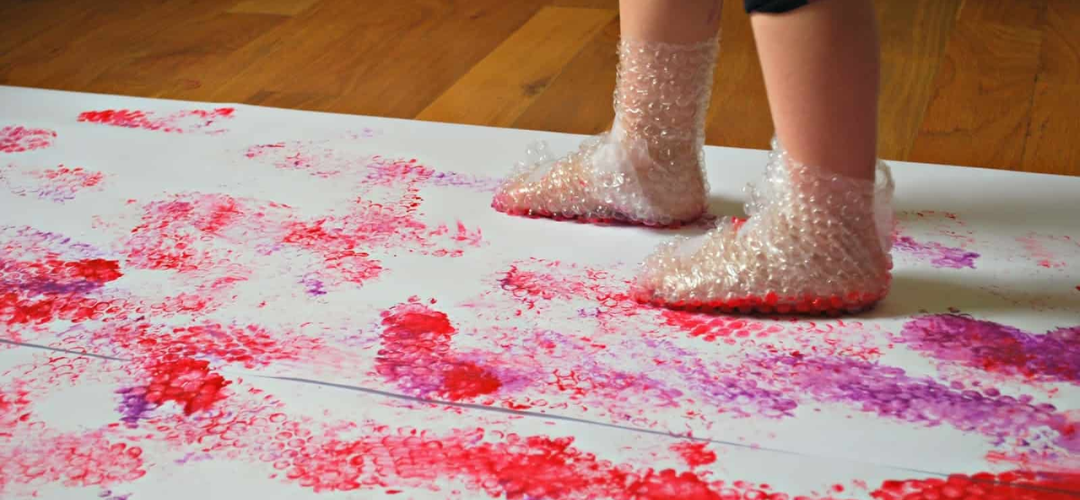
5. Hold a meditation session
Holding a meditation session for early years children can be a wonderful way to promote their overall well-being and provide them with a valuable tool for managing their emotions and stress levels.
The use of music therapy tools during meditation can help children focus and relax, promoting mindfulness and reducing stress levels. The soothing sound of the Himalayan singing bowl can create a peaceful and calming atmosphere, allowing children to feel at ease and focus on their breath.
This multisensory experience can promote relaxation and sensory awareness, helping children to develop their emotional regulation and self-awareness skills.
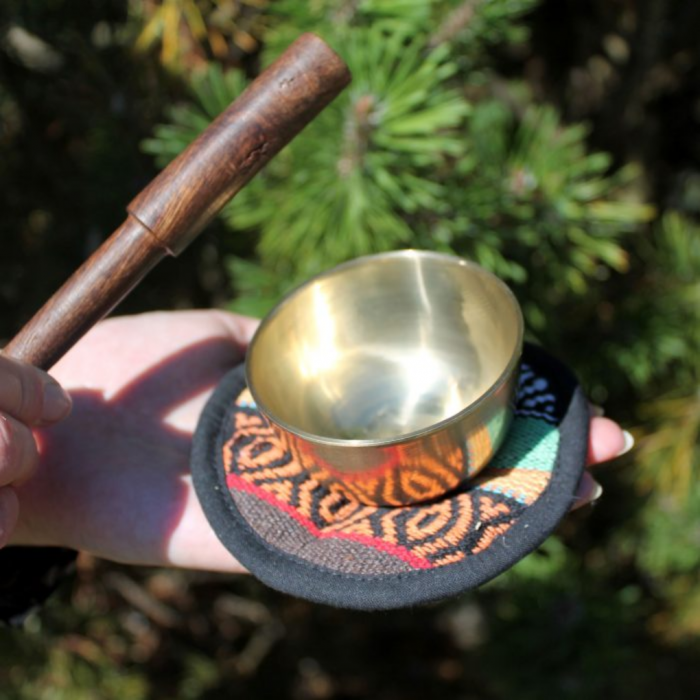
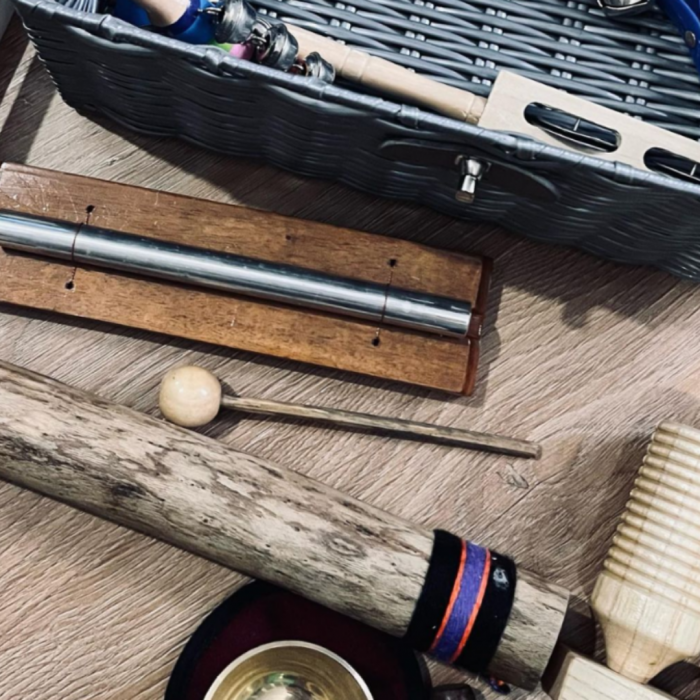
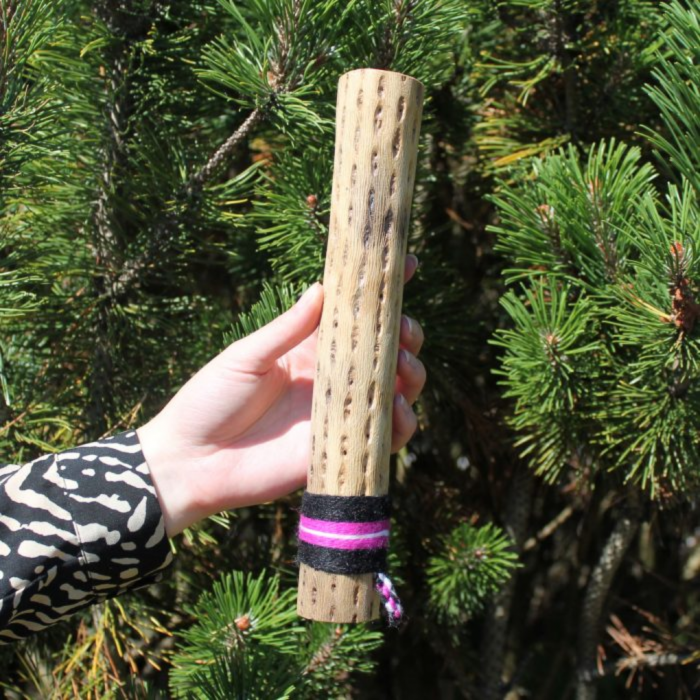
Have you incorporated music therapy into your setting in some way? We would love to hear all about your experiences and thoughts! Share your insights with us on social media by tagging us or using the hashtag #ExploreWithEYR



